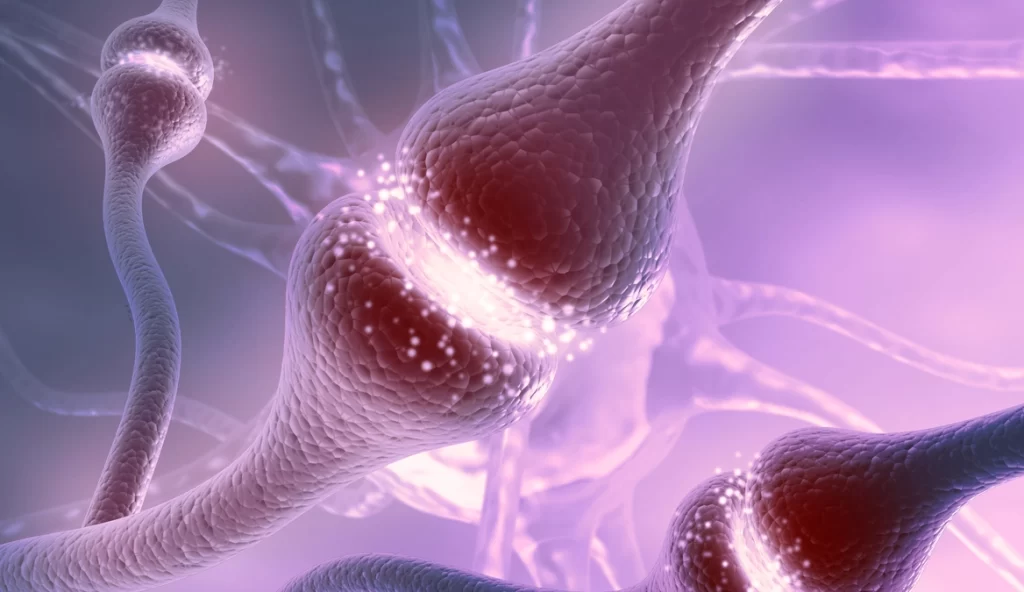To have optimum health, we must balance the three main areas of our lives: physical, emotional, and mental. In this article post, we will focus on the physical side of things with an emphasis on activity. When it comes to being physically active, there are a lot of mainstream myths and misconceptions. So let’s break some of them down and set the record straight!
Healthy life and improved life balance
Physical activity is an essential part of leading a healthy and balanced lifestyle. It helps maintain weight and significantly benefits mental health, cardiovascular health, and overall well-being. Studies have shown that people who regularly engage in physical activity have greater life satisfaction and improved moods due to the hormones released during exercise, which help reduce stress and anxiety.
Regular physical activity also helps improve sleep patterns, which can lead to increased energy levels during the day. This improves focus on daily tasks and activities, leading to greater productivity overall. Physical activity also supports healthy aging, as it has been linked with fewer risk of developing hazardous conditions such as cardiovascular disease, diabetes, and some forms of cancer.
Engaging in physical activity can also have an extraordinary impact on the social side of life. It provides opportunities to meet new people who share same interests and provides an outlet for stress relief through exercise-related activities such as yoga or running groups. Exercise has been proven to combat depression and anxiety effectively, increasing the body’s ability to cope with and manage stress.
Overall, a healthy physical activity routine can improve balance in numerous ways. It helps to maintain optimal mental health, improves cardiovascular health, supports healthy aging, and serves as an opportunity for social interaction. All of these factors contribute to a sense of well-being and overall life satisfaction.
Increasing activity that most working adults can participate in – even if they don’t have much time.
Here are some excellent ways in which every adult can participate and enhance physical activity.
- Take the Stairs: Take the stairs than opting for elevators or escalators to get some extra steps into your day. This is an easy way to increase activity without dedicating much time.
- Walk to Work: If you live too close enough to work, consider walking or biking instead of driving. This is an excellent way to get some physical activity into your day while saving time and money on commuting costs.
- Fit in Short Workouts: If you’re pressed for time but still want to exercise, try to fit in short workouts throughout the day. This can include 10-minute bursts of activity, such as running up and down the stairs or doing bodyweight exercises in your office.
- Take Regular Breaks: Make sure to take regular breaks throughout the day so that you have time to move around and get some physical activity. Short walks are a great way to increase activity during your break times.
- Schedule Exercise Time: If you have a busy schedule, set aside some time each day or week specifically for exercise. Even if it’s just 30 minutes, this can help ensure you’re getting enough activity in your day to stay healthy and active.
By following these five tips, working adults can easily fit physical activity into their daily schedules – even if they don’t have much time. Taking the stairs, walking or biking to work, including short workouts, taking regular breaks, and scheduling exercise time are all great ways to increase activity levels and maintain a healthy lifestyle.
Hazards of not being physically active
Physical inactivity is a significant risk factor for developing cardiovascular disease, hypertension, osteoporosis, obesity, type II diabetes, some cancers, and other chronic diseases. In addition to the physical consequences, there are also mental consequences of not being physically active. Studies have shown that regular physical activity can help to improve mental well-being and can also help to reduce stress and anxiety. Furthermore, physical activity has been shown to improve cognitive function and can help to protect against age-related memory decline. In short, there are many severe consequences of not being physically active. Regular exercise is essential for maintaining good health and preventing disease.
Conclusion
We hope you’ve found this post helpful in understanding the importance of activity for optimal performance. Stay active, healthy, and at the top of your game!
References
Health. (2018). Physical activity – it’s important. Vic.gov.au. https://www.betterhealth.vic.gov.au/health/healthyliving/physical-activity-its-important
CDC. (2022, June 16). Benefits of Physical Activity. Centers for Disease Control and Prevention. https://www.cdc.gov/physicalactivity/basics/pa-health/index.htm

